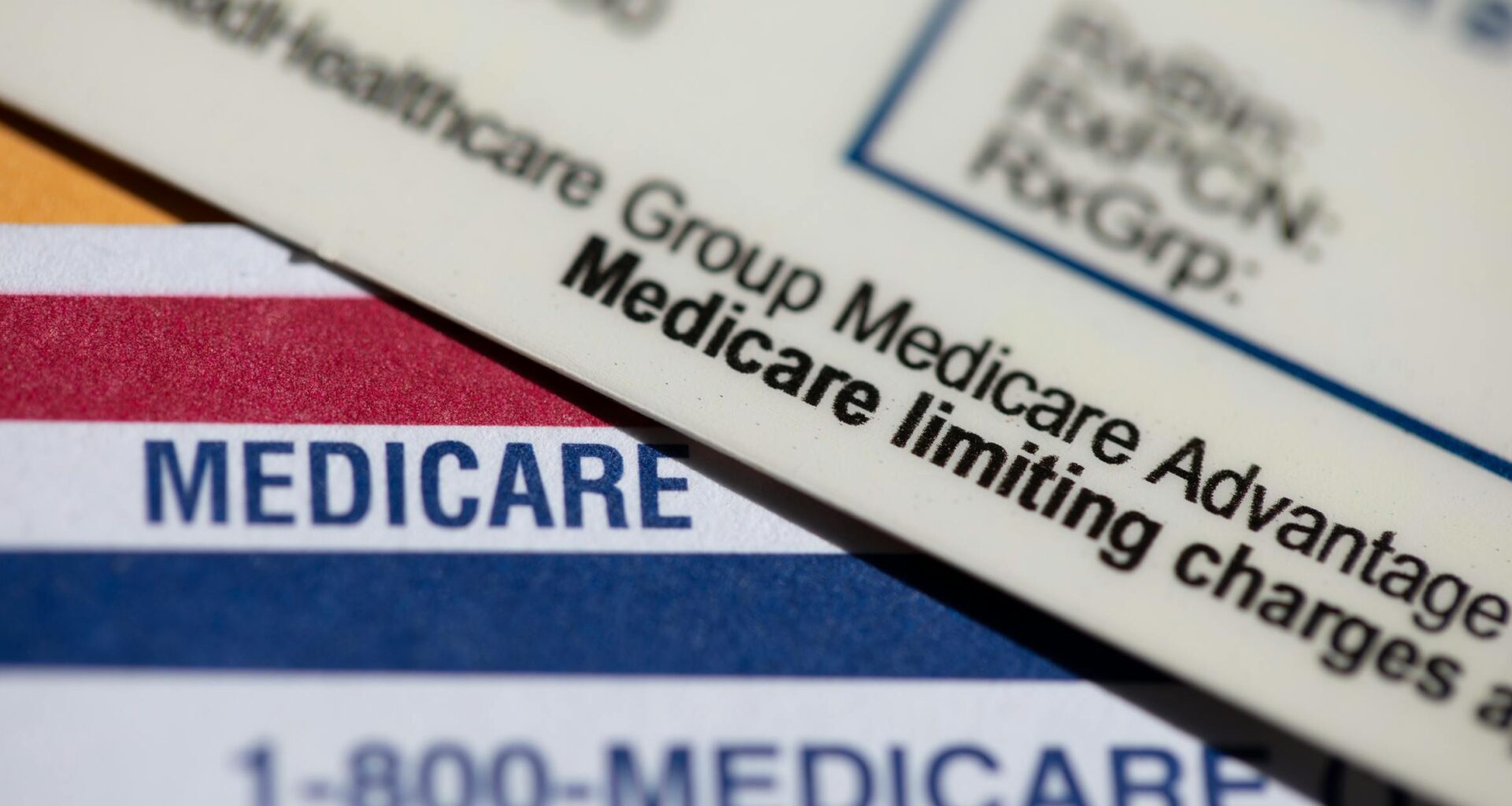In addition, Fiedler states that “Paying an MA plan an additional dollar delivers much less than a dollar of value to enrollees. As a result, only part of the resulting increase in payments to plans (evidence suggests about 50 cents) finances extra benefits, such as reduced premiums, reduced cost-sharing, or coverage for services that Medicare does not cover (e.g., dental services). It is unclear how insurers use the amounts that are not passed through to beneficiaries, but at least part is likely captured as profits or spent on marketing.”
A July 24 Star Tribune news story also notes that Minnesota-based UnitedHealth announced it is “cooperating with a U.S. Department of Justice investigation into its Medicare business.”
From my perch, this looks like a serious effort toward curbing waste and potential abuse in a huge taxpayer-funded program, a welcome contrast from DOGE.
I’m not a fan of other Trump-era health policies, particularly the devastating cuts to Medicaid, the nation’s safety net program for the needy, included in the “Big Beautiful Bill.” But the recent momentum on MA reforms is encouraging.
The $83 billion in annual savings potentially from MA, if it really happens, could be repurposed to offset the Medicaid reductions, for example. It could also be used for deficit reduction, to address Medicare Part A solvency concerns, or to head off other harmful health cuts, such as the rollback of expanded subsidies to make coverage affordable for those who buy health plans in the individual insurance market.
That said, experts I reached out to were less optimistic about whether this is a real MA reform moment.
